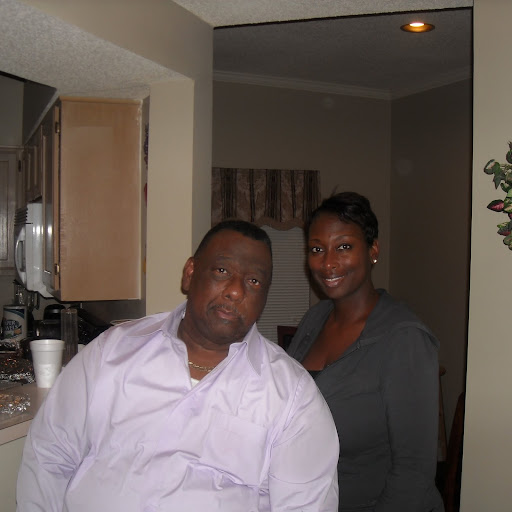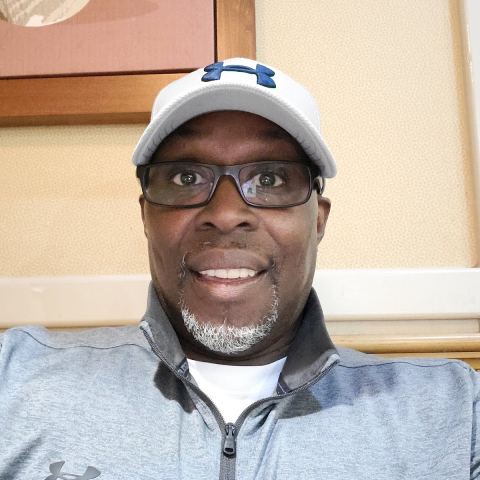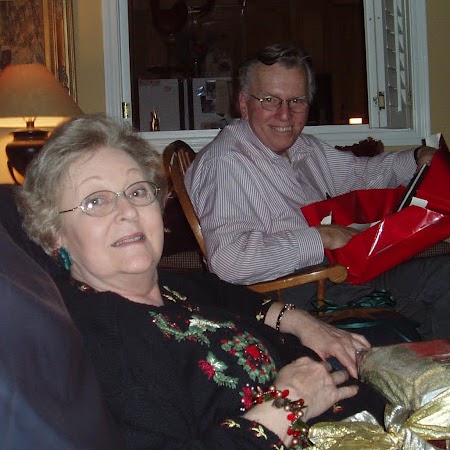Ernest Charles Woods
age ~97
from Diamond Springs, CA
- Also known as:
-
- Ernest C Woods
Ernest Woods Phones & Addresses
- Diamond Springs, CA
- Pleasant Hill, CA
- Camino, CA
- Hayward, CA
- Placerville, CA
- Naples, FL
- El Dorado, CA
Us Patents
-
Circuit Tester Having Mechanical Fingers And Pogo Probes For Causing Electrical Contact With Test Fixture Assemblies
view source -
US Patent:49671472, Oct 30, 1990
-
Filed:May 26, 1988
-
Appl. No.:7/199016
-
Inventors:Ernest C. Woods - Pleasant Hill CA
John B. Burnett - Vacaville CA -
Assignee:Zehntel, Inc. - Walnut Creek CA
-
International Classification:G01R 528
G01R 1900 -
US Classification:324158F
-
Abstract:A test system for testing high density printed circuit boards with large numbers of integrated circuits. The system is especially suited for testing large scale integrated circuits. The overall test system comprises two principal parts: a cabinet supporting a large number of driver/receiver printed circuit boards and a test fixture supporting a printed circuit board under test. The test fixture connects to the cabinet by a number of pull-down fingers automatically operated by an electromechanical means. Two large arrays of electrical contacts are precisely mated together by the operation of the pull-down fingers. When a printed circuit board of a different layout is required to be tested, the test fixture is exchanged for a test fixture wired in conjunction with the new layout. A feature is the large number of driver/receiver boards able to communicate with the printed circuit board under test, while the lead lengths between the driver/receiver boards and the printed circuit board under test, are kept to a minimum. Another feature is the quick easy way the test fixtures may be exchanged on the test cabinet.
-
Printed Circuit Board Test Fixture With Flexion Means For Providing Registration Between The Test Probes And The Circuit Board
view source -
US Patent:45730091, Feb 25, 1986
-
Filed:Dec 7, 1983
-
Appl. No.:6/558889
-
Inventors:Pat Fowler - Castro Valley CA
Ernest C. Woods - Pleasant Hill CA -
Assignee:Zehntel, Inc. - Walnut Creek CA
-
International Classification:G01R 3102
H01R 464 -
US Classification:324158F
-
Abstract:A printed circuit board "bed-of-nails" test fixture, of the type in which the circuit board is moved into electrical contact with the test probes, is provided with a means of ensuring accurate registration between the test probes and the corresponding test nodes on the board when contact is made. This registration is achieved by allowing the support surrounding the circuit board to bend by a hinge mechanism on all four sides, as the circuit board travels towards the probes. The substantially equal opposed forces on opposite edges of the board prevent lateral movement of the board during travel and thus ensure accurate registration.
Name / Title
Company / Classification
Phones & Addresses
E B HARRIS READING PROJECT
ARCHANGEL MOBILE NOTARY & LOAN, LLC
Resumes

Ernest Woods
view source
Ernest Woods
view source
Ernest Woods
view source
Ernest H Woods
view source
Ernest Woods
view source
Ernest Woods
view source
Ernest Jessica Woods
view source
Ernest Woods
view sourceYoutube
Flickr
Googleplus

Ernest Woods
Tagline:
The E-DBL

Ernest Woods

Ernest Woods

Ernest Woods

Ernest Woods

Ernest Woods

Ernest Woods

Ernest Woods
Myspace

Ernest Woods
view source
Ernest Woods
view source
Ernest Woods
view source
Ernest Woods
view source
Ernest Woods
view source
Ernest Woods
view source
Ernest Woods
view source
Ernest Woods
view source
Ernest Woods
view sourceClassmates

Ernest Ernst Woods (Woods)
view sourceSchools:
South Macon High School Tuskegee AL 1960-1976
Community:
George Williams, Matthew Chambliss, Lynette Blackmon, Larry Dallas, Jeanette Williams

Ernest 623varnedoes (Woods)
view sourceSchools:
South Macon Elementary School Union Springs AL 1972-1976
Community:
Kenneth Lynch

Ernest Woods
view sourceSchools:
Burt High School Clarksville TN 1951-1955
Community:
Melissa Mckinney, Bobby Northington, Frank Brewer, James Halford, Donna Vaughan

Ernest Woods
view sourceSchools:
New Buffalo High School New Buffalo MI 1985-1989
Community:
Christine Palmer

Ernest Woods
view sourceSchools:
New Rochelle High School New Rochelle NY 1975-1979
Community:
Chris Davis, Sue Kendall

Ernest Woods
view sourceSchools:
Cowen High School Cowen WV 1959-1963
Community:
Kathy Maddux, Paulette Beale, Mary Fowler, Patrick Simms, Mike Nick

Ernest Woods
view sourceSchools:
Ralston Valley High School Arvada CO 2001-2005
Community:
Crystal Jackson

Ernest Woods
view sourceSchools:
Person High School Roxboro NC 1978-1982
Community:
Nanette Duncan, Robin Eakes, Lynn Knott
Get Report for Ernest Charles Woods from Diamond Springs, CA, age ~97













